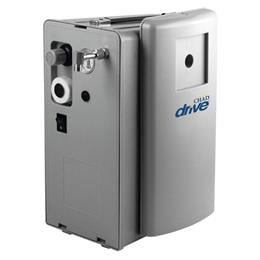
This is a safety risk, especially in the winter as the drop in air pressure can cause compromised handling and increased wear and tear on your tires. The TPMS light means your tires are below the proper air pressure. Regardless, get your air checked right away. Depending on how cold it is, the TPMS light will likely shut off on its own as the air in your tires warms, expands, and reaches proper inflation levels. Winter temperatures can affect the pressure in your tires by up to 10 PSI. We’ll add air to your tires and check out your system. No matter what causes your tire pressure light to turn on, stop by any Les Schwab.

If your vehicle does not have a TPMS light, the low-pressure icon might flash, which could indicate an issue with the system. The TPMS light, available in some vehicles, may light up indicating an issue with the tire pressure monitoring system, such as a dead battery in one of the tire-pressure sensors. The tire pressure light (or low-pressure indicator) is just one part of the TPMS system. If it still does not turn off, you may need to reset the TPMS light. If the TPMS light does not go off after the tires have heated up, bring your tires up to the proper pressure or have your air pressure checked at Les Schwab.

This is completely normal, which is why you should have your tire pressure checked and topped off every month at Les Schwab. Please Note: Tires routinely lose 1 PSI per month as air escapes around the edge of the rim and through the tread itself. Driving will often heat up the tire and the air inside, increasing the tire’s pressure. Thankfully, that pressure change is usually temporary. When a tire drops below the recommended fill pressure, the TPMS light comes on. Once it does that, it takes up less space inside the tire. It’s not due to air escaping, but rather the air inside the tire condensing. Tire pressure can decrease about 1 PSI (pounds per square inch) for every 10 degrees the temperature drops.

How Does Cold Weather Affect My Tire Pressure? While you’re always welcome to stop by Les Schwab to have your tire pressure checked anytime you see the TPMS indicator, here’s why your low-pressure tire light comes on and what to do when it happens to you. It could be that the air pressure in your tires has been affected by the cold. If your dashboard TPMS light has ever lit up on a colder-than-normal day, chances are there may be nothing wrong with your tires or wheels. TPMS Light Coming on in Cold Weather? Here’s WhyĮvery year, the first cold days play havoc with TPMS (tire pressure monitoring systems).


 0 kommentar(er)
0 kommentar(er)
